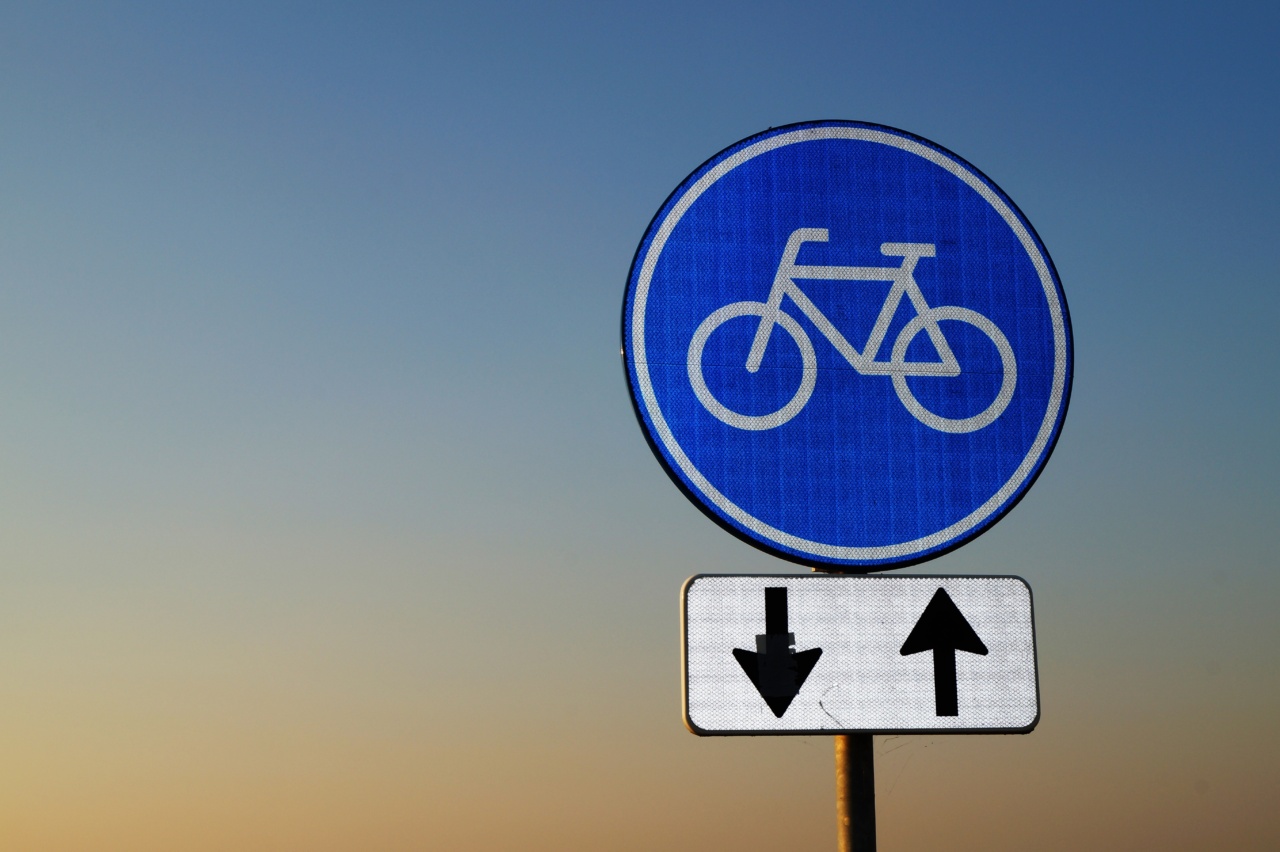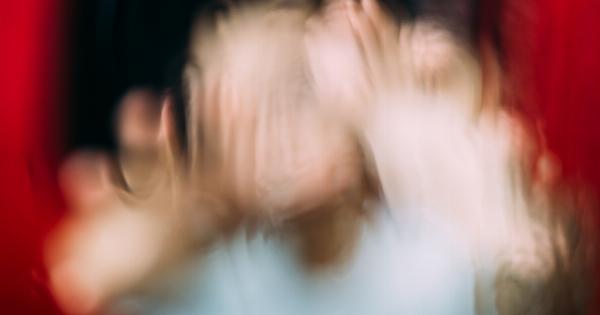Poor blood circulation is a common condition that affects millions of people worldwide. It occurs when there is a restricted blood flow to certain areas of the body, which can lead to a variety of symptoms and health complications.
Recognizing the warning signs of poor blood circulation is crucial in order to seek timely medical attention and prevent further complications. In this article, we will discuss 10 warning signs of poor blood circulation along with illustrations for better understanding.
1. Cold extremities
One of the most common warning signs of poor blood circulation is cold extremities, such as cold hands and feet. When blood flow is restricted, less warm blood reaches the extremities, resulting in a constant feeling of coldness.
If you frequently experience cold hands and feet, it is a good idea to consult a healthcare professional to determine the underlying cause.
2. Numbness and tingling
Numbness and tingling sensations in different areas of the body, particularly in the hands, feet, or limbs, can also be indicative of poor blood circulation.
These sensations occur when the nerves do not receive an adequate blood supply, leading to a loss of sensation or a “pins and needles” feeling. If you experience persistent numbness and tingling, it is important to get it evaluated by a medical professional.
3. Swelling in the extremities
Poor blood circulation can cause fluid retention in the extremities, resulting in swelling. Swollen ankles, feet, and legs are common symptoms of this condition.
When blood flow is compromised, it becomes difficult for the body to remove excess fluid, leading to swelling and edema. If you notice persistent swelling in your extremities, it is essential to consult a healthcare provider to determine the cause and appropriate treatment.
4. Muscle cramps
Unexplained muscle cramps, especially in the legs and calf muscles, can be a sign of poor blood circulation. When blood flow to the muscles is inadequate, it can cause muscle cramps, spasms, and pain.
If you frequently experience muscle cramps without a clear cause, it is advisable to seek medical advice.
5. Fatigue and weakness
Poor blood circulation can also lead to generalized fatigue and weakness. When organs and tissues do not receive an adequate supply of oxygen and nutrients due to restricted blood flow, it can result in feelings of tiredness and weakness.
If you constantly feel fatigued and weak, despite adequate rest and nutrition, it may be worth discussing with your healthcare provider.
6. Slow wound healing
If you notice that your wounds take longer than usual to heal, it could be a sign of poor blood circulation. Blood carries essential nutrients and immune cells to the wound site, facilitating the healing process.
However, when blood flow is compromised, it can delay wound healing and increase the risk of infections. Consult a healthcare professional if you experience slow healing of wounds.
7. Discoloration of the skin
Poor blood circulation can cause changes in skin color, particularly in the extremities. The skin may appear pale, bluish, or have a purplish tint. These changes occur due to reduced blood flow and oxygenation to the tissues.
If you notice any unusual skin discoloration, it is recommended to seek medical attention.
8. Hair loss
Inadequate blood circulation can also contribute to hair loss. Hair follicles require a healthy blood supply to receive essential nutrients and oxygen for optimal hair growth.
When blood flow is compromised, hair follicles become weaker, leading to hair thinning and eventual hair loss. Consult a healthcare professional if you experience excessive hair loss.
9. Erectile dysfunction
In men, poor blood circulation can contribute to erectile dysfunction (ED). Erectile dysfunction occurs when there is insufficient blood flow to the penis, making it difficult to achieve or maintain an erection.
If you are experiencing consistent problems with sexual performance, it is important to discuss this with a healthcare provider.
10. Varicose veins
Varicose veins are swollen, twisted veins that usually appear in the legs and feet. They are a common result of poor blood circulation, particularly in individuals who stand or sit for prolonged periods.
Varicose veins can cause discomfort, pain, and aching in the affected area. If you notice the development of varicose veins, it is advisable to seek medical advice.
Recognizing the warning signs of poor blood circulation is imperative for early detection and treatment.
If you experience any of these symptoms, it is always recommended to consult a healthcare professional for an accurate diagnosis and appropriate management.






























